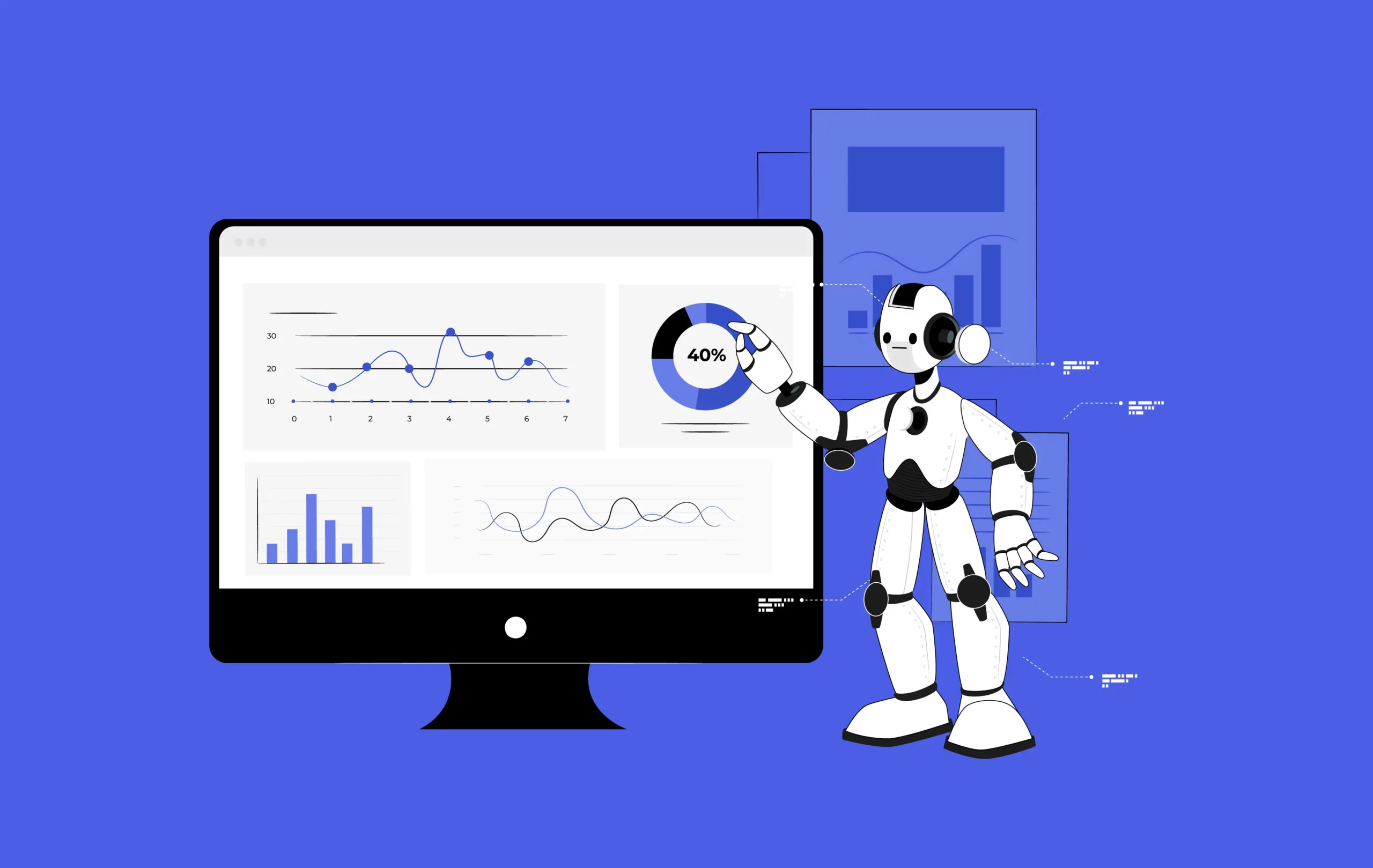Banks are in business to make money, and fees are a big part of how they do it. In fact, major banks can earn billions each year from various charges. But you don’t have to contribute more than necessary to their bottom line.
To start saving money, you need to understand your bank account fees. “It may sound simple, but the first step is to take a fresh look at what, if any, fees you are paying and if there are ways to avoid those fees without going through the hassle of switching banks,” says Bobbi Rebell, a certified financial planner and founder of Financial Wellness Strategies.
“The unfortunate truth is that some services that used to be complimentary are no longer so. One reason for this is that other fees are being capped, and so banks have to make things up in other places,” says Rebell.
Here are 13 typical fees banks charge, along with tips on how to sidestep them.
🎯 Take action
Take a few minutes today to review your recent bank statements. Look for any of the fees we cover, and if you find them, ask your bank whether they can be waived or reduced. If your bank isn’t willing to work with you, it might be time to explore other options.
1. Monthly service fees
💵 Typical cost: $5 to $35 per month
Many traditional banks charge a monthly fee for keeping your account open. These maintenance fees usually apply to checking, savings and money market accounts, and they help cover the bank’s operational costs.
You can find many accounts with online banks that
🔍 How to avoid monthly fees
You have several options for avoiding or waiving monthly fees, including:
-
Maintaining a minimum balance
-
Setting up direct deposits
-
Using your debit card regularly
-
Opening a checking and savings account at the same bank
-
Asking for senior or student waivers or discounts
SoFi is a bank that offers a combination checking and savings account paying out up to 4.50% APY with direct deposits without monthly maintenance fees or minimum balance requirements.
2. Overdraft fees
💵 Typical cost: $26 to $35 per occurrence
Overdraft fees happen when you spend more money than you have in your checking account, and the bank covers the difference. Historically, these fees have been a huge money maker for financial institutions.
Banks made nearly $12 billion from overdraft fees in 2019, according to the Consumer Financial Protection Bureau. There’s been a notable decline in recent years, but the revenue is still about $5.8 billion as of 2023.
Despite this decline, overdraft fees are still around — and they can add up fast. You’re charged for each transaction that overdraws your account, not just once per day. So if you’re not careful, you could end up paying more in fees than you realize.
🔍 How to avoid overdraft fees
-
Link your checking account to a savings account for overdraft protection
-
Set up balance alerts on your phone or computer
-
Consider switching to a bank with more forgiving overdraft policies
U.S. Bank protects customers from overdraft fees by automatically pulling up to $50 from linked accounts or, if you are charged a fee, allowing qualified deposits on the same day to avoid any penalty.
3. Nonsufficient funds (NSF) fees
💵 Typical cost: $30 to $35 per occurrence
NSF fees are charged when you try to make a payment without enough money in your account and the bank declines the transaction. This often happens with checks or automatic bill payments. Many major banks have eliminated this fee, but they’re still around.
🔍 How to avoid NSF fees
-
Keep a close eye on your account balance
-
Set up low-balance alerts on your phone or computer
-
Maintain a buffer amount in your checking account as a safety net
-
Link your checking account to a savings account for overdraft protection
-
Time your bill payments to happen right after you get paid
4. Out-of-network ATM fees
💵 Typical cost: $2.50 to $5 per transaction
You may pay an out-of-network ATM fee when you withdraw money from an ATM that doesn’t belong to your bank or its partners.
But here’s the catch: The ATM owner can also charge you a fee, resulting in a double payment.
For instance, if you have a Bank of America account and use a Chase ATM, both banks may charge you: Bank of America for using an outside ATM, and Chase for using their machine as a non-customer.
🔍 How to avoid non-network ATM fees
-
Find in-network ATMs using your bank’s mobile app or website
-
Get cash back when making purchases at grocery stores or pharmacies
-
Choose a bank with a large ATM network or one that refunds out-of-network fees
CIT Bank eChecking reimburses up to $30 in out-of-network ATM fees each month with no monthly maintenance fees.
5. Foreign transaction fees
💵 Typical cost: 3% of each transaction
If you’re in a stage of life where you’re traveling more, you’ll want to pay attention to foreign transaction fees. These fees apply when you use your debit or credit card outside of the United States.
🔍 How to avoid foreign transaction fees
Capital One doesn’t charge any foreign transaction or currency conversion fees on its credit cards or debit cards, including its high-yield 360 Performance Savings account.
6. Wire transfer fees
💵 Typical cost: $15 to $35 for domestic transfers and $25 to $50 for international transfers
Wire transfers are a way to send money quickly from one bank account to another. Unlike standard ACH transfers, which are usually free but can take several days, wire transfers are faster — but come with a cost.
Banks typically charge fees for both sending and receiving wire transfers, and international transfers generally cost more than domestic ones.
🔍 How to avoid wire transfer fees
-
Use free electronic transfer services like ACH for domestic transfers
-
Consider online payment services like PayPal, Venmo or Zelle for personal transfers
-
Check if your bank offers free wire transfers for certain account types
-
Compare fees at different banks or credit unions for the best rates
-
Use international money transfer services for overseas transfers
7. Excess transaction fees
💵 Typical cost: $10 to $15 per transaction over the limit
Some banks allow you to make only six withdrawals or outgoing transfers from a savings account each month. If you go over this limit, you pay a fee. This practice stems from an old federal rule called Regulation D, designed to discourage you from treating your savings account like a checking account.
Although many banks have stopped charging excessive withdrawal fees, some banks still do. Double-check your fee schedule to see if any apply to your savings or money market account.
🔍 How to avoid excessive withdrawal fees
-
Use a checking account for frequent transactions
-
Plan your withdrawals to stay within the limit
-
Choose a bank that doesn’t impose transaction limits on savings accounts
Ally Bank allows up to 10 withdrawals and transfers monthly from its Ally Savings Account with a no-fee, no-penalty grace period if you go over the limit.
8. Paper statement fees
💵 Typical cost: $1 to $5 per month
Nowadays, it’s common to receive your monthly bank statements electronically and pay a fee if you need a paper copy. This fee mostly covers printing and postage costs. Some major banks will send you paper copies at no additional cost, but other institutions may charge you a few bucks a month.
🔍 How to avoid paper statements
-
Sign up for electronic statements
-
Check your statements online or through your bank’s mobile app
-
Print statements at home if you need a paper copy
Many of the top U.S. banks — like KeyBank and PNC Bank — still send paper statements for select accounts without a charge.
9. Lost debit card replacement fees
💵 Typical cost: $5 to $15 for rush delivery
Many banks will send you a new debit card for free if yours is lost, stolen or damaged. But you may pay a fee for rush delivery or if you need more than one replacement card per year.
🔍 How to avoid lost debit card fees
-
Keep your card in a secure place to prevent loss
-
Check if your bank offers free replacements
-
Choose standard delivery if you can wait a few days
10. Account closing fees
💵 Typical cost: $25 to $50
Some banks charge a fee if you close your account within a few months of opening it. This fee is meant to discourage you from opening accounts just to get promotional bank bonuses.
🔍 How to avoid early account closure fees
-
Choose a bank you’ll likely stay with long term
-
Read your account’s terms and conditions before opening
-
If you must close early, explain your situation and request a fee waiver
11. Inactivity fees
💵 Typical cost: $5 per month
If you don’t use your bank account for six to 12 months, your bank might start charging you an inactivity fee or dormant account fee.
🔍 How to avoid inactivity fees
-
Make a small deposit or withdrawal at least once every few months
-
Set up automatic bill payments or transfers through the account
-
Consider closing the account if you no longer need it
12. Stop payment fees
💵 Typical cost: $30 to $35 per request
When you ask your bank to cancel a check or stop an automatic payment, they typically charge a stop payment fee. This service requires the bank to monitor your account and prevent the specified transaction from going through.
🔍 How to avoid stop payment fees
-
Double-check details before writing checks or setting up automatic payments
-
Communicate with the payee directly to resolve issues before requesting a stop payment
-
Use online bill pay, which you can sometimes cancel without a fee
13. CD early withdrawal penalties
💵 Typical cost: From 3 to 12 months of interest, depending on the term
Certificates of deposit (CDs) commonly have higher interest rates than regular savings accounts in exchange for you agreeing to leave your money untouched for a specific term.
If you withdraw funds before the CD matures, you’ll likely face a penalty. For example, you might forfeit three months of interest on a one-year CD, or 12 months of interest on a five-year CD.
🔍 How to avoid early withdrawal penalties
-
Choose CD terms that align with when you might need the money
-
Look into no-penalty CDs, which allow withdrawals without fees
-
“Ladder” your CDs by buying certificates with staggered maturity dates
-
Keep an emergency fund in a high-yield savings account for unexpected expenses
Dig deeper: Is it ever worth it to break a CD? An expert’s take on early withdrawals and breaking even
Online banks vs. traditional banks: Should you make the switch?
If you’re over 50, the idea of using an online bank might sound risky. Add to that the average adult uses the same bank account for around 17 years — mostly due to convenience.
“Older adults are often hesitant to switch banks because they like the consistency and comfort of knowing their bank,” says Rebell. “They have a history with the institution and in many cases they have a relationship with specific employees at the bank. It is part of their routine. Change can be intimidating and often scary.”
But online banks and credit unions don’t have the same overhead costs of a traditional bank that supports a network of branches. It means they’re able to pass along the savings in the form of fewer fees — or even no fees at all — while paying out higher interest rates on savings and other deposit accounts.
Many online banks also offer mobile check deposits — a way to deposit checks from a smartphone app — as well as daily US-based customer support and customer support by live-chat, phone or email to keep things convenient.
“While it may make sense financially to move banks, in order to overcome the reluctance,” says Rebell, “you have to focus on the real reasons you’re hesitant to move — most likely fear of change and concerns about what could go wrong in the transition.”
Dig deeper: 7 best banks for seniors and retirees: Our editor’s picks for high interest, low fees
FAQ: Common bank fees — and how to avoid them
Which banks charge the most fees?
Large national banks like Bank of America, Wells Fargo and Chase tend to charge the most fees because they have thousands of physical branch locations to operate and even more employees to pay. As a result, they charge higher monthly maintenance, ATM and overdraft fees to cover their overhead.
Can I really find a bank account with no monthly fees?
Yes. Many online banks, credit unions and some traditional banks offer accounts with no monthly fees. Look for “free checking” or “no fee” accounts.
What’s the best way to avoid ATM fees?
You can usually log in to your bank’s mobile app to find in-network ATMs. These ATMs will let you withdraw money for free. You can also look for a bank account that will reimburse you for out-of-network ATM fees.
Is it possible to negotiate fees with banks?
Yes. There are ways to negotiate bank fees, especially if you’re a long-time customer or have multiple accounts. “Sometimes a simple phone call asking them to waive the fee in order to keep your business will even get the job done,” says Rebell. If you’re considering switching banks, mention this — it might motivate them to reduce fees.
Sources
About the writer
Cassidy Horton is a finance writer who specializes in banking, insurance, lending and paying down debt. Her expertise has been featured in NerdWallet, Forbes Advisor, MarketWatch, CNN Underscored, USA Today, Money, The Balance and Consumer Affairs, among other top financial publications. Cassidy first became interested in personal finance after paying off $18,000 in debt in 10 months of graduation with an MBA. Today, she’s committed to empowering people to stand up and take charge of their financial futures.
Article edited by Kelly Suzan Waggoner




